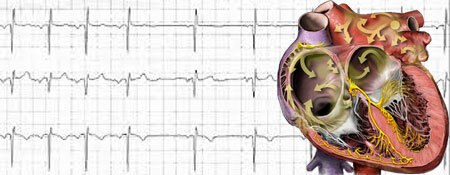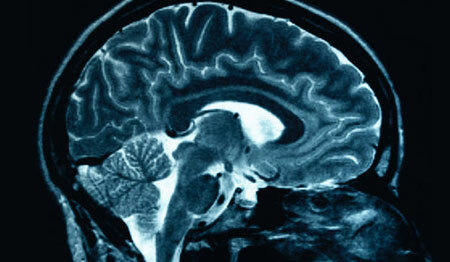Pathologies of the cardiovascular system occupy a leading position in diagnosis, and often cause death. Angioplasty makes it possible to solve the problem of narrowed vessels in a short time. As a result, the patient quickly recovers and for a long time does not need maintenance therapy.
Contents
- 1 The essence of the surgical procedure
- 1.1 What is atherosclerosis - video
- 2 Advantages and disadvantages of angioplasty
- 3 Indications and contraindications for the operation
- 4 Preparation for surgery
- 5 Transluminal, balloon, coronary, percutaneous, laser and other varieties of angioplasty
- 6 Stages of angioplasty
- 6.1 Angioplasty with stenting of arteries and vessels
- 6.1.1 Carrying out balloon angioplastytirovanie - video
- 6.1 Angioplasty with stenting of arteries and vessels
- 7 postoperative
- 8 effects and possible complications
- 9 Testimonials
essence
surgery Under the influence of age-related changes in human disturbed lipid metabolism. As a result, doctors diagnose chronic atherosclerosis. The disease is peculiar to leave cholesterol deposits on the inner walls of blood vessels. Due to this, the coronary arteries narrow and the blood supply to the myocardium is disturbed.
To prevent complete blockage of the artery, doctors recommend performing angioplasty. This surgical technique is aimed at dilating the narrowed or clogged vessel.According to WHO, there is a trend towards an annual increase in the number of patients with established diagnosis of "coronary heart disease".In half of the clinical cases, if the medication or surgery is not performed, a fatal outcome occurs.
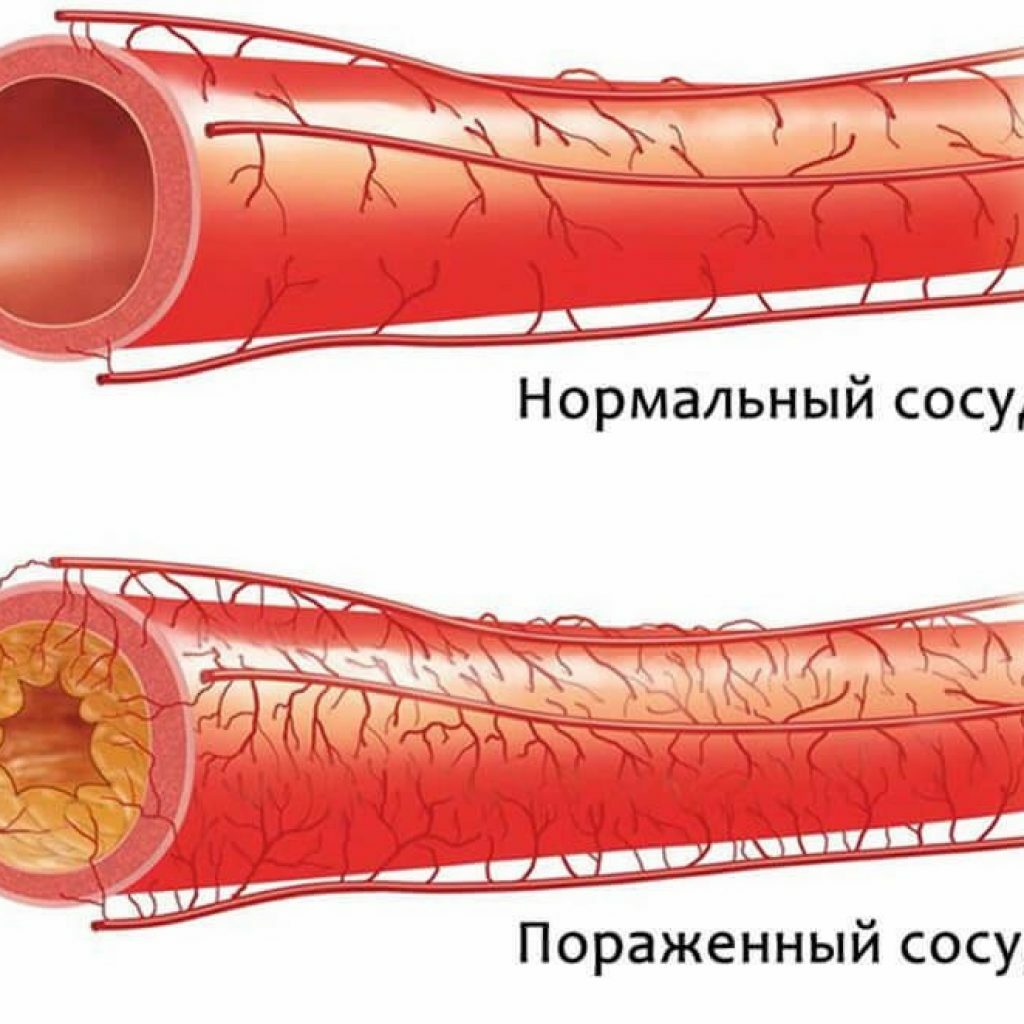
Atherosclerosis on the inner walls of the vessels, cholesterol deposits
are formed. The operation is performed by an interventional radiologist or roentgenosurgeon. In severe cases, stenting is performed together with angioplasty. The essence of the technique of surgical treatment is to identify the affected area and the subsequent introduction of a balloon catheter into it. Angioplasty is carried out through a small incision of the skin. When the instrument reaches the desired place, the balloon gradually inflates, expanding the vessel and restoring blood circulation.

Extension of the narrowed vessel by angioplasty
After angioplasty, the thickness of the lumen comes back to normal, the patient does not observe signs of angina, he is allowed to perform physical exercises. In 95% of cases, the operation is successful and recovery comes, and the results are preserved for several years.
The presented technique is not capable to cure the disease, it acts only as a way to eliminate the consequences of ischemia. Given that the elasticity of the pathological vessel is disrupted, it may again become narrower in a short time. To prevent this, doctors install a metal stent on an ongoing basis.
What is atherosclerosis - video
Advantages and disadvantages of angioplasty
Before agreeing to perform the operation, patients carefully weigh the pros and cons of the intervention.
Advantages of angioplasty:
- Restoration of normal vascular blood supply.
- Improving the lives of patients diagnosed with coronary heart disease.
- Prevention of heart attacks or strokes.
- Reduces the risk of a heart attack.
- Closed-type operation.
- The duration of the intervention does not exceed two hours.
- The rehabilitation period is short.
- The cost of maintenance medication is reduced.
To patients for a note! Angioplasty is a procedure after which complications develop in a maximum of 7% of people, the death rate in the process is 1%, the result persists for a long time.
Among the drawbacks are:
- the probability of re-narrowing the vessel;
- risk of developing chronic kidney pathologies;
- high transaction cost.
In addition, patients who are not older than 75 years are allowed to perform the intervention.
Thus, before deciding on surgical treatment, the patient should realize that the operation is fraught with risks, but with a successful outcome, the quality of life improves.
Indications and contraindications for the operation
Percutaneous expansion of the walls of the vessels is recommended for every patient with a diagnosis of "coronary heart disease".It is acceptable to hold balloon angioplasty at the time of a heart attack. This will reduce the degree of damage to the middle heart layer.
Contraindications for the intervention are:
- Diagnosed chronic renal failure.
- Persistent, uncontrolled high blood pressure.
- Violation of the ability of blood to coagulate.
- Infectious diseases in acute stage.
- Inflammatory process, localized on the inner shell of the heart.
- Probability of allergic reactions when a contrast medium is administered.
- Detection of serious diseases not related to cardiology .
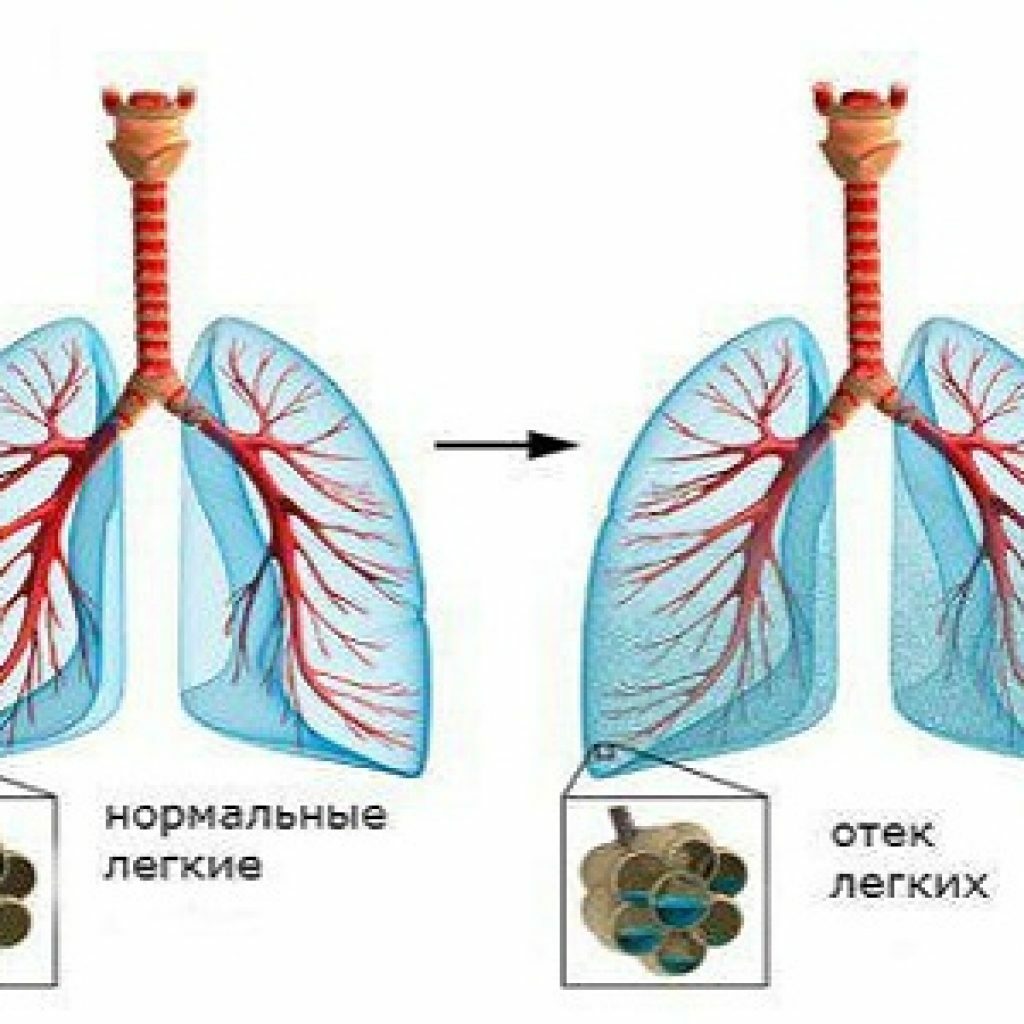
Contraindication to angioplasty is pulmonary edema
- Pulmonary edema.
- Decrease in potassium levels in blood plasma.
- Glycoside poisoning.
For the detection of contraindications, a thorough medical examination of patients is carried out, including the delivery of the necessary tests.
Preparing for surgery
Before deciding whether to perform a surgical procedure or not, the patient must be placed in a hospital hospital. In these conditions, he must undergo a complete examination, including physical examinations with doctors and the surrender of biological materials for laboratory or instrumental analyzes.
The main method of diagnosis - angiography, during which the doctor makes a puncture in the area of the thigh and wrist, and then introduces the medical conductor.
Please note! During the procedure, the patient does not feel any painful sensations.
In the next step, when the conductor has reached the designated place, a contrast agent is introduced through it. Thanks to him, the doctor clearly sees the condition of the affected artery and the exact place of narrowing or plugging of the canal. Based on the results of the diagnosis, the doctor will say whether surgery is needed and what type of angioplasty is better to perform.
If necessary, the patient is assigned a duplex scan or computer angiography. On the appointed day, preferably at least 8 hours before the start of the operation, the patient is not recommended to take food, water and medicines. The decision to abolish specific drugs is taken only by the attending physician, which is due to the probability of a decrease in the therapeutic effect when the medication is withdrawn or missed.
Transluminal, balloon, coronary, percutaneous, laser and other varieties of angioplasty
Three types of surgery are distinguished in medicine:
- transluminal( balloon, coronary, transcutaneous) angioplasty - the procedure involves the introduction of a balloon catheter along the length of the affected artery before the onset of the narrowed section, after which the cannula neatly opens. The operation is considered sparing;
- Subintimal angioplasty is an operation during which it is possible to move the balloon through long sections of the narrowed arteries, which is caused by the penetration of the conductor between the plaque and the artery wall;
- laser angioplasty - the intervention is performed by using a laser beam that conducts with a bloodstream a quartz thread that destroys a cholesteric plaque by acting on high temperatures on the obstruction.
The latter method refers to the most sparing and progressive, but it is not cheap.
The operation is only allowed in a special, technically equipped room. The process is monitored using an X-ray machine.
Stages of angioplasty
The task of angioplasty is to expand the narrowed portion of the vessel or artery with a balloon. To solve it, the expert consistently performs a number of manipulations.
- Transport the conductor over a closed area. To do this, take a medical conductor made of metal and having a special sliding coating. It allows the instrument to find the smallest areas of the lumen in the atherosclerotic plaque and move to a free section of the artery. The first stage is considered to be the most difficult in technical terms, only a doctor with high qualifications can cope with it.
- Balloon catheter transportation and angioplasty. After the conductor has penetrated into the destination, a balloon( covered with a material that increases the slip) is sent to it. After this, the device is connected to the catheter, which inflates the balloon, thereby increasing the clearance of the affected area.
When the plaque almost completely closed the lumen of the canal, the doctor decides on the phased use of cylinders of several diameters.
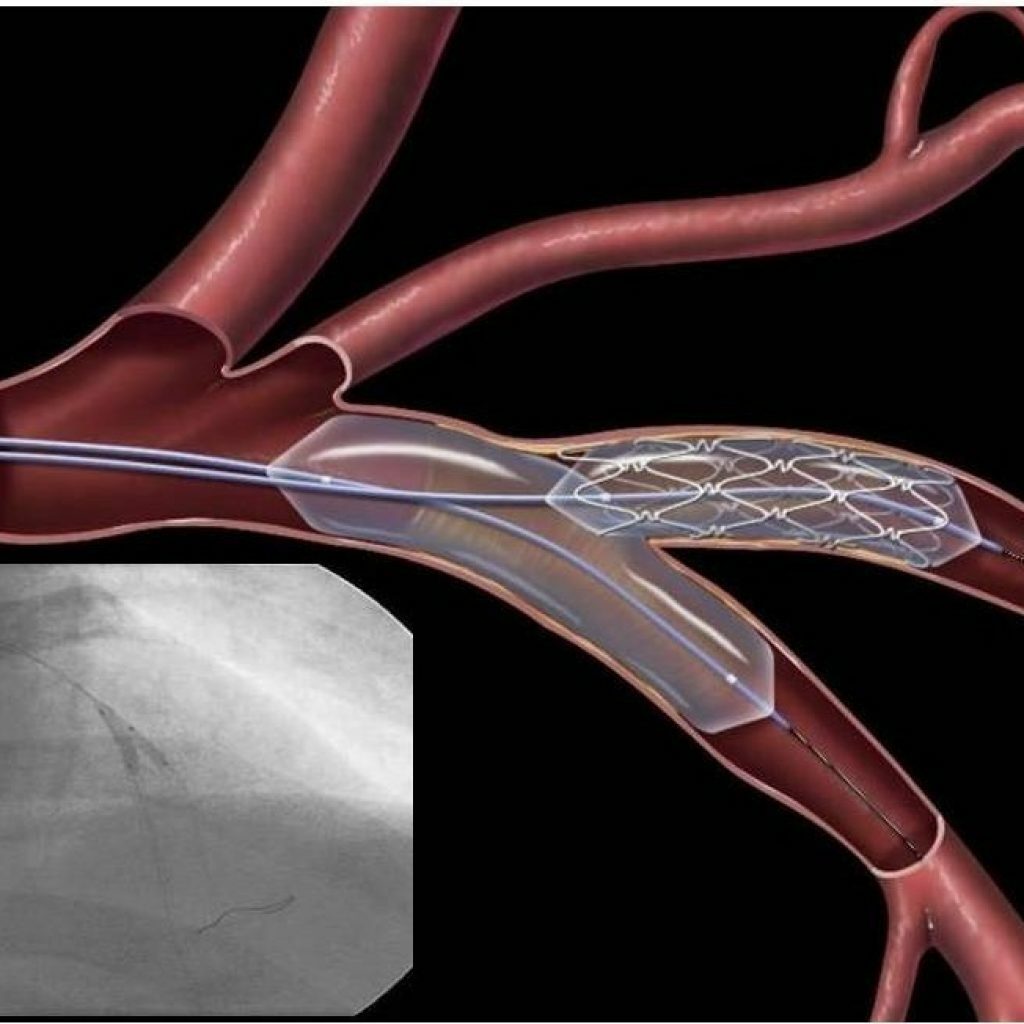
Installing a balloon catheter at the site of atherosclerotic plaque formation
- Deciding whether to install the stent. In those situations where the parts of the deformed plaque did not cling to the walls of the vessels, there is still a disturbance of normal blood flow. To strengthen the walls, the surgeon installs a stent. It goes the same way as the balloon, and in the designated place expands.

The stent is installed to fix the vessel walls
Angioplasty with the stenting of the arteries and vessels
The stent for the vessel is a medical instrument resembling a metal trellis tube. It is set after performing angioplasty. This is necessary in the event that the vessel has lost the ability to keep the true shape, in order not to allow an early narrowing, as well as to squeeze out the exfoliated plaques.
This design is used in the operation on large vessels.
Thanks to advanced technologies, developers create sturdy stents from nickel and titanium alloy. They have two main advantages: self-disclosure and memory of form. Due to this, it is possible to simulate the natural lumen in the channel.
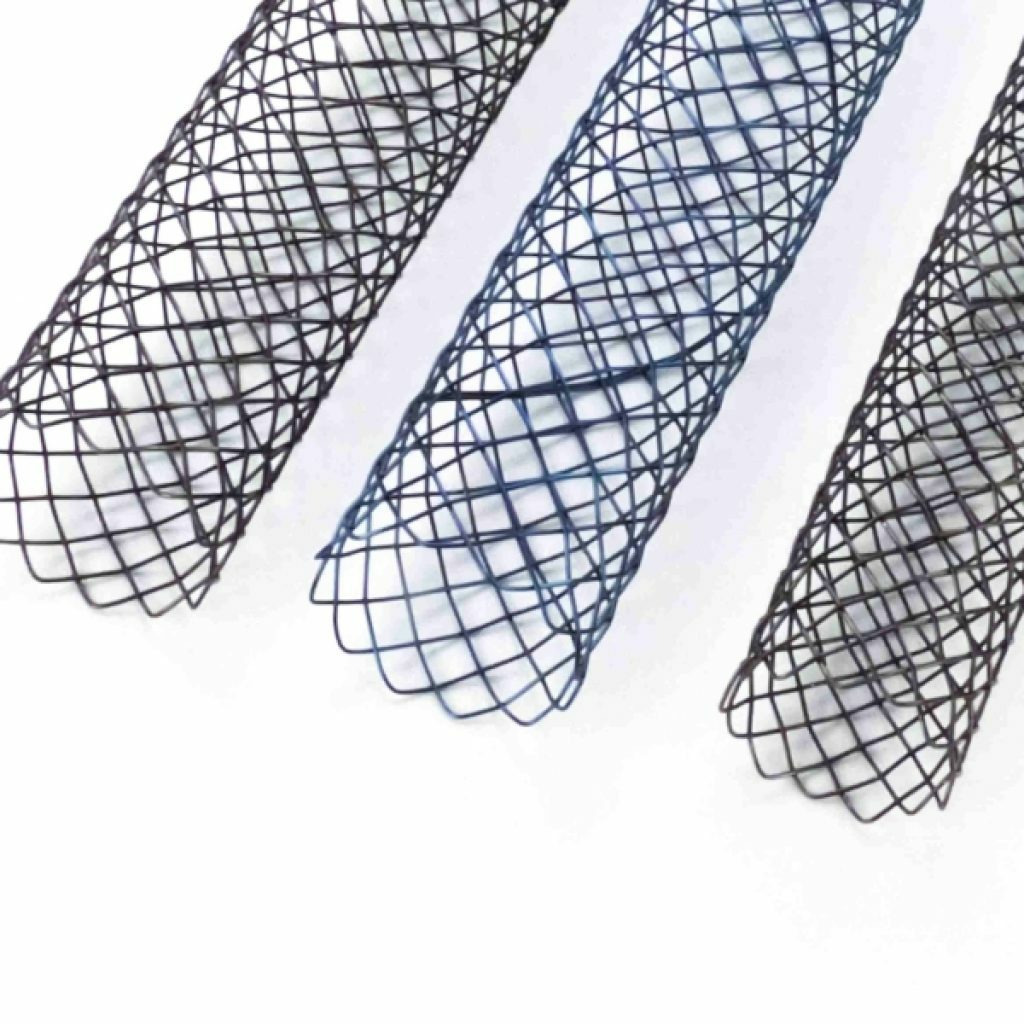
Stent for performing angioplasty and preserving the lumen of the vessel
When performing angioplasty, the stent is put on the balloon. When it expands, the metal structure opens and instantly eliminates the narrowing of the vessel.
Manufacturers produce several types of stents. To prevent the formation of scars, a drug-coated product is used. If it is necessary to treat an aneurysm, the preference is left for the stent grafts.
Carrying out balloon angioplasty with stenting - video
Postoperative period
After performing the surgical procedure, the patient is moved from the operating room to the intensive care unit. The first 24 hours of monitoring the condition is carried out in conjunction with the ECG apparatus. The doctor regularly inspects the site of the incision, and the nurse measures the blood counts.
Warning! The patient is forbidden to bend the limb in which the puncture was made.
To stop bleeding, place the incision with a tight bandage and apply a load. The time spent in the clinic depends on the rate at which the bleeding stops from the vessel. To get out of bed is allowed only one day after the intervention.
The entire recovery period takes an average of 7 days. For a month it is not recommended to drive and lift weights.
Consequences and possible complications of
In 95% of cases the operation is successful, but the risk of complications still exists. The most dangerous is the sudden narrowing of the coronary artery in the first hours after surgery. This happens for several reasons:
- Internal arterial wall ruptured.
- A blood clot formed at the site of the opening of the balloon.
- Spasm occurred at the site of exposure.
In most cases, the development of such a complication is susceptible to:
- women;
- patients with myocardial infarction;
- patients with unstable angina.
To prevent the formation of blood clots, before the operation and after it the doctor prescribes taking Aspirin. The medication reduces the level of blood clotting.
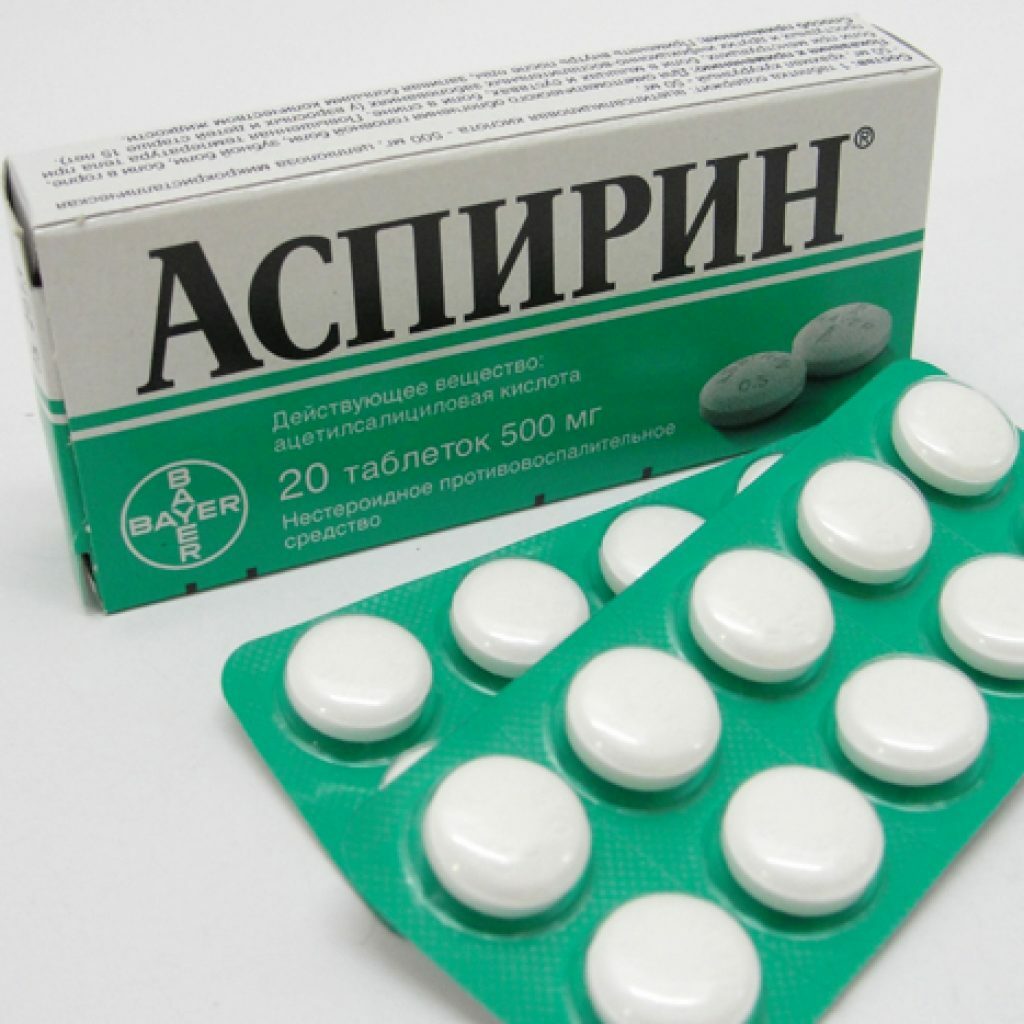
Aspirin Awareness of Thrombus Formation
There are significantly fewer complications:
- stroke during angioplasty in the region of the carotid artery;
- severe bleeding, which can be opened at the site of insertion of the catheter;
- development of myocardial infarction;
- cardiac arrest;
- allergic reactions;
- infection;
- violation of the integrity of blood vessels.
Given the complexity and high efficiency of the operation, it can be said that surgical intervention is almost safe.
Patient Reviews
Patients who received angioplasty leave positive feedback about the procedure.
In the conditions of modern medicine and thanks to angioplasty, specialists restore the lumen of the clogged canal, regardless of the location of the affected area: from the hematopoiesis system and to the lower limbs. However, patients should remember that surgical treatment eliminates only the unpleasant consequences of severe heart disease. Therefore, it is important to undergo preventive examinations at the cardiologist and perform the prescribed treatment in a timely manner.

